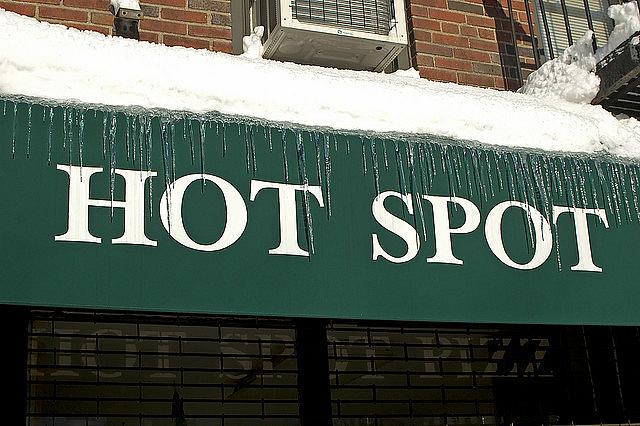Following the 'hot-spotters'

Like fashion and football, health care has its trends. And one of the bigger trends now is “hot-spotting,” the practice of using data to identify those who are the “super utilizers” of the health care system and surrounding them with services in an attempt to cut health care spending.
“Hot-spotting” got its name and attention from a 2011 article in The New Yorker that explored the extraordinary work done by Dr. Jeffrey Brenner in Camden, N.J. There, he convinced hospitals to give him claims data that he used to identify places where super-utilizers lived. He found that 1 percent of patients accounted for a third of health care spending, so it was obvious that if their costs could be cut, real savings could be realized.
The Obama Administration noticed, and in its signature health-care law, it included money for other communities to try their hand at hot-spotting. Allentown, PA, the home city of my newspaper, was one of four cities awarded a special three-year grant.
I have begun tracking this program to answer a few simple questions: Can other places replicate Brenner’s work? What does success look like? Why devote so much effort to a few individuals – many of whom don’t or can’t work – when so many others could use some help with their health and the cost of care?
Already, I know another piece of this story must be told: transportation. Many of these super-utilizers are on life-sustaining treatment such as chemotherapy and dialysis, so the process of getting to and from treatment is as big a deal to them as the care itself. As these are poor, sick people, they often don’t have cars or in many cases, legs to walk. Their lifeline is public transit or specialized vans that at times can be unreliable and often frustrate patients with their long waits and circuitous routes.
It’s a difficult story because sources don’t necessarily want to be identified. The providers don’t want to show “failures,” obviously. The data, at least locally, also is incomplete. Only one of several health care networks has provided access to its data, so it thus far is impossible for the providers – let alone the reporter – to know if they’re getting the most super super-utilizers.
Then there’s the question of money. The grant expires in a year and the providers are working on finding new funding. What happens at this time next year and will the successful patients remain that way without help?
These are some of the questions I hope to address in a multi-part story.
I am grateful to have been selected for this fellowship. It will be a great learning experience and I can’t wait to get to know the wider Reporting On Health community.
Photo by David Goehring via Flickr.

